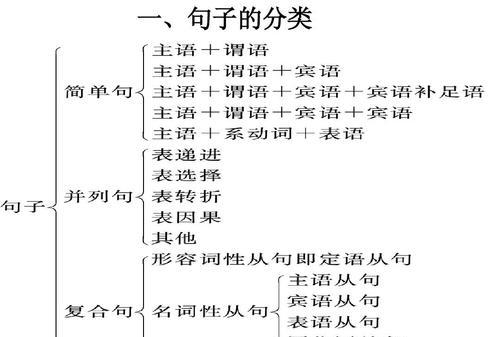英语中的状语用于描述动词、形容词、副词等,表达时间、地点、方式、原因、程度等。常见的状语包括时间状语(如"yesterday","now"),地点状语(如"at home","in the park"),方式状语(如"slowly","quickly"),原因状语(如"because of the rain","due to the traffic")和程度状语(如"very","extremely")。掌握这些状语有助于更好地理解和运用英语语言。

时间状语
时间状语用来描述动作或事件发生的时间,常见的时间状语有:
- yesterday(昨天)
- now(现在)
- at 6 o'clock(六点钟)
- in the morning(早上)
- on Monday(星期一)
地点状语
地点状语用来描述动作或事件发生的地点,常见的地点状语有:
- at home(在家)
- in the park(在公园)
- on the bus(在公共汽车上)
- under the table(桌子下面)
- over the bridge(桥上)
方式状语
方式状语用来描述动作或事件的方式,常见的方式状语有:
- slowly(慢慢地)
- quickly(快速地)
- quietly(安静地)
- loudly(大声地)
- carefully(小心地)
原因状语
原因状语用来描述动作或事件的原因,常见的原因状语有:
- because of the rain(因为下雨)
- due to the traffic(因为交通拥堵)
- as a result of the accident(因为事故)
程度状语
程度状语用来描述动作或事件的程度,常见的程度状语有:
- very(非常)
- extremely(极其)
- slightly(稍微)
- quite(相当)
- hardly(几乎不)

